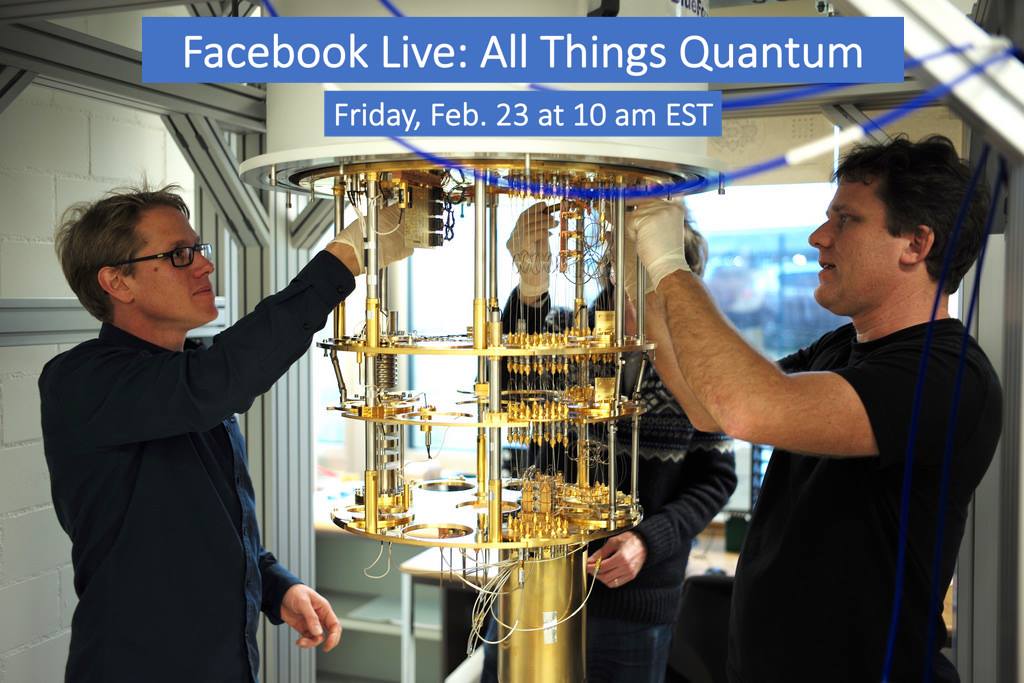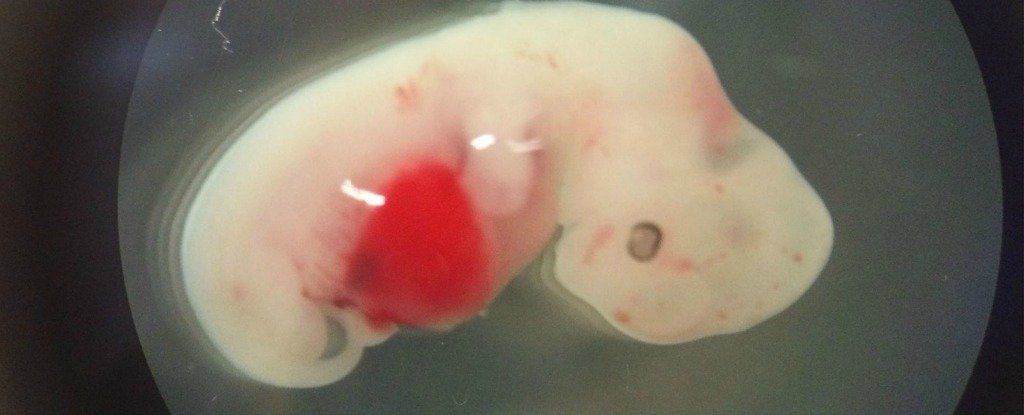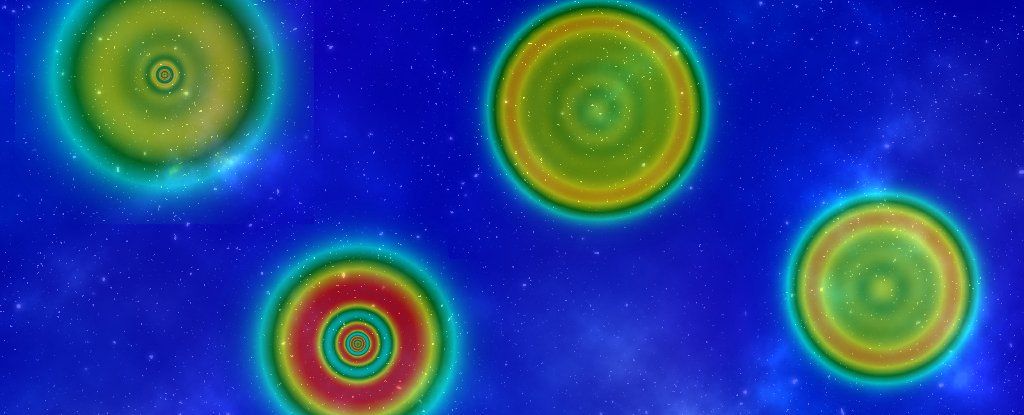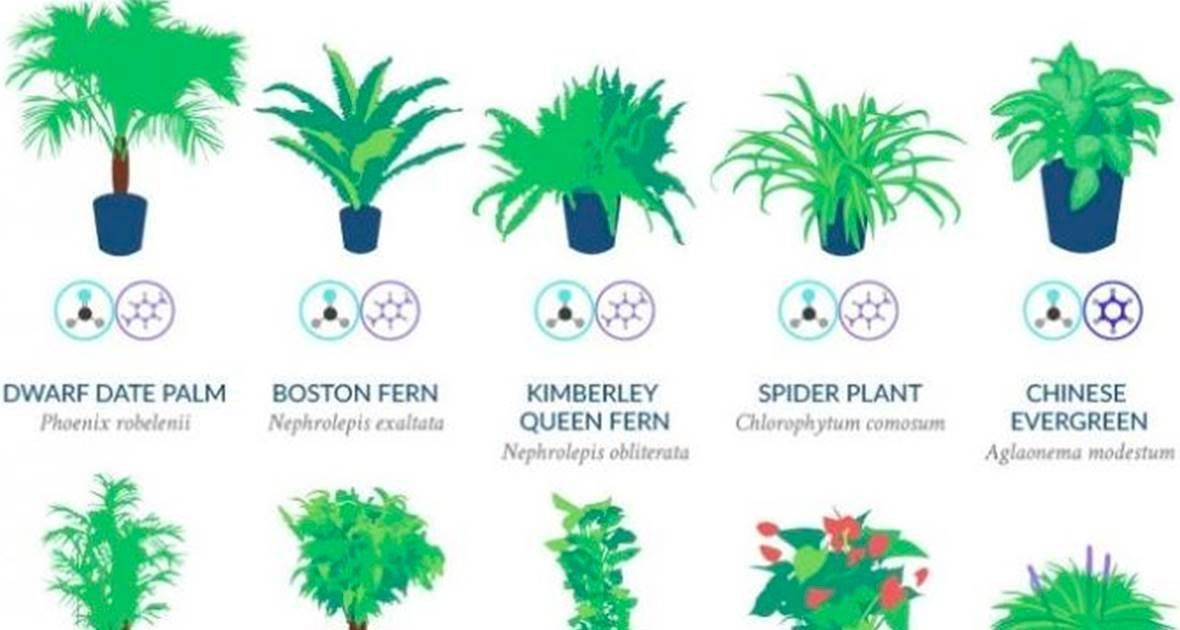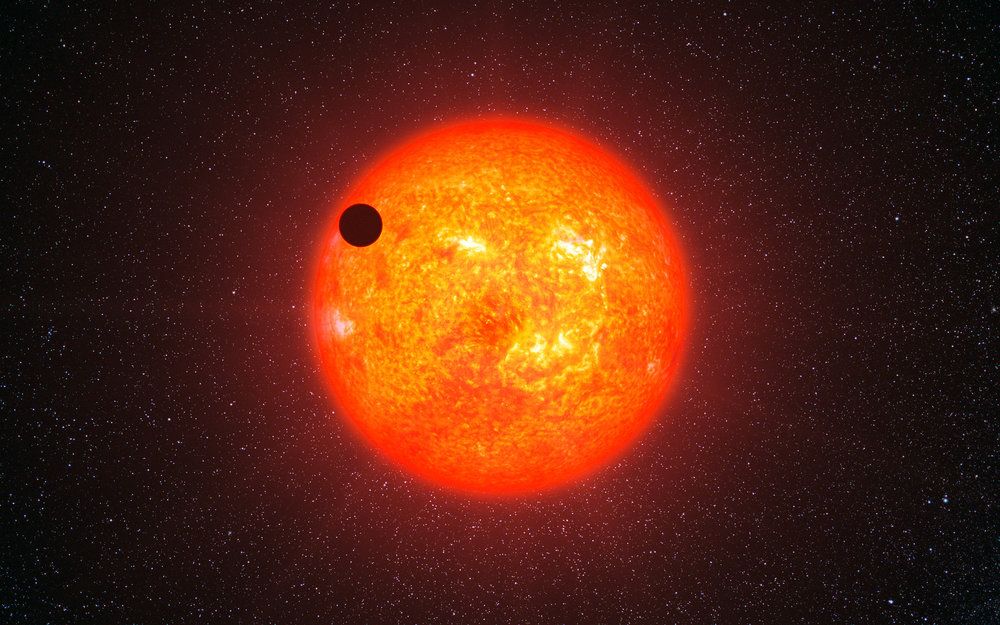Page 9967
Feb 22, 2018
3D bioprinting center of excellence launched by AMBER and Johnson & Johnson
Posted by Klaus Baldauf in categories: 3D printing, bioprinting, biotech/medical
Trinity College Dublin (TCD), in Ireland, is to be the recipient of a new specialist 3D bioprinting facility supported by a collaboration between multinational medical device and pharmaceutical company Johnson & Johnson, and the AMBER research center.
With preparations beginning in the first quarter of this year, the new 3D bioprinting laboratory is due to be opened by the close of 2018.
Professor Michael Morris, AMBER director, comments.
Continue reading “3D bioprinting center of excellence launched by AMBER and Johnson & Johnson” »
Feb 22, 2018
IBM Research Photo
Posted by Dan Kummer in categories: computing, quantum physics, space
How do IBM scientists keep qubits colder than outer space?
IBM quantum physicists Dr. Stefan Filipp and Dr. Andreas Fuhrer (pictured) will be discussing quantum computing live from the IBM Zurich Research Lab, and will demonstrate how they keep qubits so cold, explain why, and take your questions.
Join us on Friday, Feb. 23 at 16:00 Paris time / 10:00 am EST.
Feb 22, 2018
These People Believe Death Is Only Temporary
Posted by Derick Lee in categories: biotech/medical, cryonics, life extension, transhumanism
Waiting on research advances is the rationale behind cryopreservation, and more broadly, a worldview known as transhumanism. A person killed by cancer or heart disease could reasonably be revived in a future when such ailments no longer exist. “They believe in the advance of technology,” says Giuseppe Nucci, an Italian photographer who visited with transhumanists and toured the facilities of Russia-based cryonics company KrioRus. “They hope that someone will wake them up.”
This hope, that the future will vanquish the ills of the present, is as old as the first civilisations that realized that with each passing year life got a little better. The Russian philosopher Nikolai Fedorovich Fedorov helped create an early 20th-century movement known as cosmism that was rooted in the idea that, given enough time, humans could defeat evil and death. If the human life span was too short, then the simple solution was to extend it, even after death, and suspend its decomposition until the world caught up.

Employees of a liquid nitrogen and dry ice factory on the outskirts of Moscow are shrouded in fog while refilling their liquid nitrogen tanks. Founded by former KrioRus employees, the company now supplies them. PHOTOGRAPH BY GIUSEPPE NUCCI
Continue reading “These People Believe Death Is Only Temporary” »
Feb 22, 2018
Scientists Just Made Sheep-Human Hybrids. Here’s What You Need to Know
Posted by Shailesh Prasad in categories: bioengineering, biotech/medical
Researchers have achieved a new kind of chimeric first, producing sheep-human hybrid embryos that could one day represent the future of organ donation – by using body parts grown inside unnatural, engineered animals.
With that end goal in mind, scientists have created the first interspecies sheep-human chimera, introducing human stem cells into sheep embryos, resulting in a hybrid creature that’s more than 99 percent sheep – but also a tiny, little bit like you and me.
Admittedly, the human portion of the embryos created in the experiment – before they were destroyed after 28 days – is exceedingly small, but the fact it exists at all is what generates considerable controversy in this field of research.
Continue reading “Scientists Just Made Sheep-Human Hybrids. Here’s What You Need to Know” »
Feb 22, 2018
We Just Measured The World’s Heaviest Atom, And It’s Even Weirder Than Expected
Posted by Shailesh Prasad in categories: computing, particle physics
Oganesson (Og) is the heaviest chemical element in the periodic table, but its properties have proved difficult to measure since it was first synthesised in 2002.
Now an advanced computer simulation has filled in some of the gaps, and it turns out the element is even weirder than many expected.
At the atomic level, oganesson behaves remarkably differently to lighter elements in several key ways – and that could provide some fundamental insights into the basics of how these superheavy elements work.
Continue reading “We Just Measured The World’s Heaviest Atom, And It’s Even Weirder Than Expected” »
Feb 22, 2018
In the future we won’t edit genomes—we’ll just print out new ones
Posted by Shailesh Prasad in categories: biotech/medical, futurism
Feb 22, 2018
NASA’s List Of The 18 Best Air-Filtering Houseplants
Posted by Shailesh Prasad in category: space
These house plants would make a lovely addition to your home and would filter the toxins out of your air.
Feb 22, 2018
Upcoming telescopes should be able to detect mountains and other landscapes on exoplanets!
Posted by Shailesh Prasad in category: space
The study of exoplanets has advanced by leaps and bounds in the past few decades. Between ground-based observatories and spacecraft like the Kepler mission, a total of 3,726 exoplanets have been confirmed in 2,792 systems, with 622 systems having more than one planet (as of Jan. 1st, 2018). And in the coming years, scientists expect that many more discoveries will be possible thanks to the deployment of next-generation missions.
These include NASA’s James Webb Space Telescope (JWST) and several next-generation ground based observatories. With their advanced instruments, these and other observatories are not only expected to find many more exoplanets, but to reveal new and fascinating things about them. For instance, a recent study from Columbia University indicated that it will be possible, using the Transit Method, to study surface elevations on exoplanets.
Feb 22, 2018
Masters of Our DNA: Designer Bodies Are Not Science Fiction
Posted by Shailesh Prasad in categories: biotech/medical, evolution
Entrepreneur Juan Enriquez describes a future in which we will be able to hack evolution and even alter our memories thanks to DNA manipulation.


